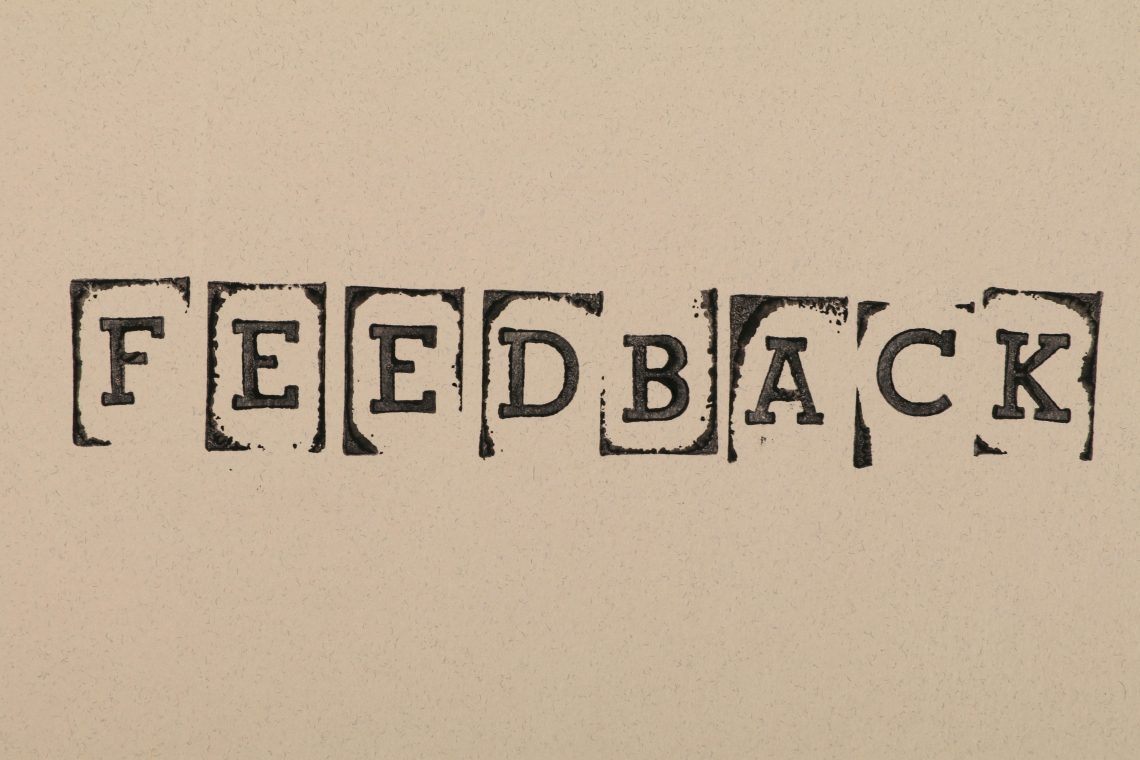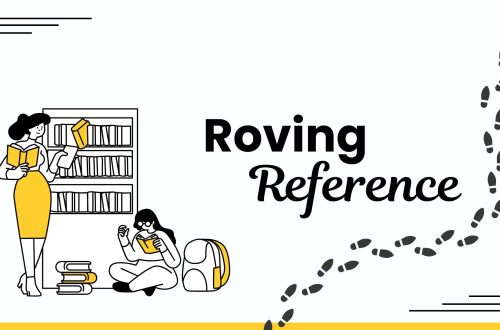
Assignment X: To Be [Participatory] or Not to Be [Participatory]
That is the question. The answer? Be a participatory library in any and every way you can!
As the title and opening suggest, the concept of participatory libraries is the one I will explore for this assignment. Traditional library infrastructure involves a hierarchy flowing from the director downward; in other words, decisions start at the top (Casey & Savastinuk, 2007, p. 61). In contrast, The Hyperlinked Library model relaxes this shape, letting it diffuse into a team-based atmosphere (Stephens, 2016). More than that, in The Hyperlinked Library, even patrons (and non-patron community members!) can be involved in the decision-making process. When libraries unlock avenues for ongoing user input and incorporate that knowledge into designs/programs/materials, they become participatory, sharing power with their communities (Casey & Savastinuk, 2007).
Obviously, inviting potential users to steer a library’s course can make library staff leery. Many of my classes or webinars have suggested that employees within organizations often resist change—I even recently answered an interview question about how I would encourage coworkers afraid of change. Despite all of these hints, the idea that librarians, of all people, push back against change lounges around in my mind like a myth, right there next to Bigfoot.

Or at least it did, until reading “Automatic for the People” (Zulkey, 2019).
The article describes Gwinnett County Public Library’s (GCPL) adoption of Open+, which gives patrons library access outside of opening hours. GCPL made the service participatory by surveying patrons about what would make them feel comfortable using a self-serve library. The results were then incorporated into the design, satisfying both library staff and their users with minimal security issues. (GCPL also encourages patron communication in other ways, such as in their library blog.)
Reading the article called to mind a conversation I had had with a coworker a few months back. She expressed doubt about self-service libraries, saying something along the lines of, “I mean it’s good, but… I wouldn’t like it. Imagine what could happen.”
This memory struck me with the truth: librarians can resist change, and some ideas are hard for even them to accept. Some are worth changing for, though. Like Dr. Stephens pointed out in our Module 3 lecture, we cannot let “what if” scenarios and fear of something going wrong keep us from actualizing what could go right—and there are many things that could. For example, there is evidence that soliciting and acting on user feedback helps in “making sure that the library is directing services to customers who will actually use them” (Casey & Savastinuk, 2007, p. 63). This was seen in the Kaiser Permanente’s Clinical Library, which updated their website based on continuous user feedback and saw a subsequent 25% increase in use compared to the previous year (Lawrence, 2022).
There are plenty of other libraries walking down this participatory (and far from lonely) road. For example, the Health Sciences Library of the University of Calgary Library system asked students, staff, and physicians what changes they would like to see in the library building, then included those ideas in renovations (Vaska et al., 2009). There is also Salisbury University’s Blackwell Library, which improved “communication channels and collaboration” between librarians and users (Chakraborty, 2013); they also renovated their library space using student feedback. As Hider et al. (2024) describe, the Australian Research Council Linkage is laboring to take this even further, researching the best ways to implement a co-design partnership between library and community.
Libraries all around the globe are evolving to better serve their communities—and one of the ways they are achieving this is by inviting users to be more than spectators in decisions. I was glad to find health science library examples, as becoming a medical librarian is my ultimate career goal. With the current state of medicine, I believe clinicians could use all the help they can get, and they know better than anyone what their needs are. In the meantime, I am working at a public library and would like to incorporate participatory principles where I can; maybe I will even earn my Consumer Health Information Specialization and ask patrons to collaborate in planning health outreach programs.
That’s all for now.
References
Casey, M. E., & Savastinuk, L. C. (2007). Library 2.0: A guide to participatory library service. Information Today, Inc.
Chakraborty, M., English, M., & Payne, S. (2013). Restructuring to promote collaboration and exceed user needs: The Blackwell Library access services experience. Journal of Access Services, 10(2), 90–101. https://doi.org/10.1080/15367967.2013.762276
Hider, P., Garner, J., Godfrey, A., Jamali, H. R., & Wakeling, S. (2024). Designing for communities with communities: A public library codesign project. Journal of the Australian Library and Information Association, 73(2), 148–176. https://doi.org/10.1080/24750158.2024.2332973
Lawrence, V. J. (2022). Employing a user experience design process to redesign an intranet library website positively affected site usage and user satisfaction. Journal of Hospital Librarianship, 22(2), 77–84. https://doi.org/10.1080/15323269.2022.2053411
Stephens, M. (2016). The heart of librarianship: Attentive, positive, and purposeful change. ALA Editions.
Vaska, M., Chan, R., & Powelson, S. (2009). Results of a user survey to determine needs for a health sciences library renovation. The New Review of Academic Librarianship, 15(2), 219–234. https://doi.org/10.1080/13614530903240635
Zulkey, C. (2019, September 3). Automatic for the people. American Libraries, 50(9/10), 48–51.



2 Comments
Louis Waters
@valancy Your comments on people’s resistance to change resonated with me. So much of it is rooted in fear and looking around at the current politicial and cultural landscape, fear seems, unfortunately, to be a major driving force behind a lot of the decisions we make. In the participatory model, I see a willingness to take risks that will not only benefit the library and its ability to meet the needs of the community it serves but also a practice that, in tandem with similar work from other institutions and services, might help push back against this greater culture of fear we seem be getting buried under.
Valancy
@louis I completely agree about fear being so influential in other aspects of life as well. I definitely see a lot of mistrust of fellow humans, which can be disheartening. And same here–I hope the participatory models can take steps to correct that and infuse some warmth into our environments! Thank you so much for reading and sharing your insight.